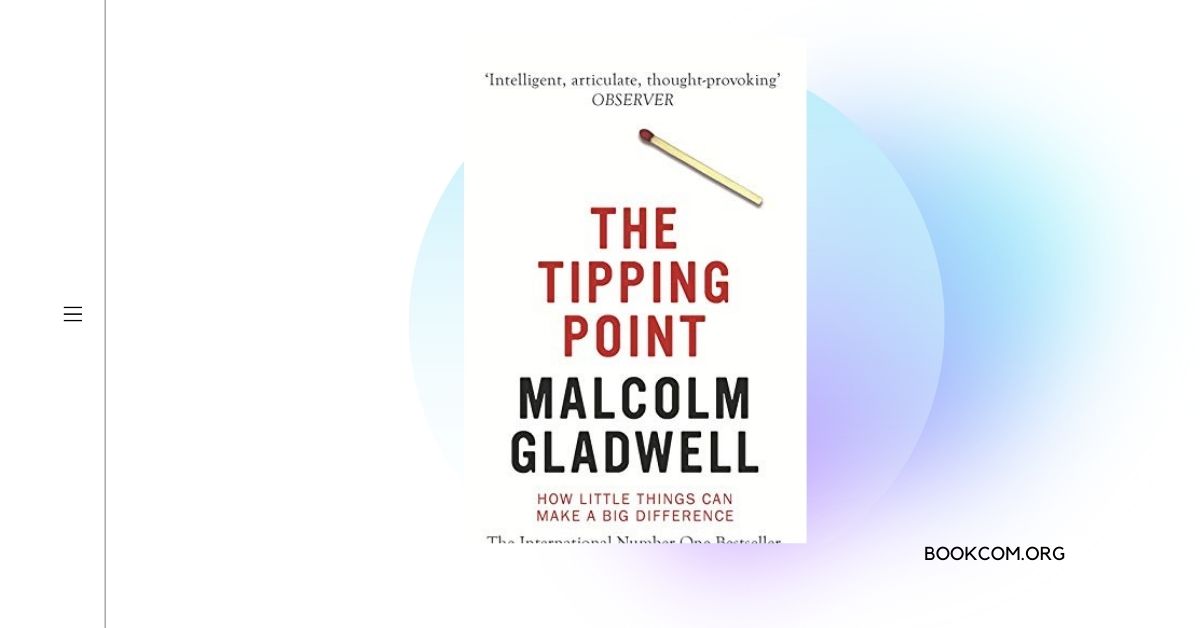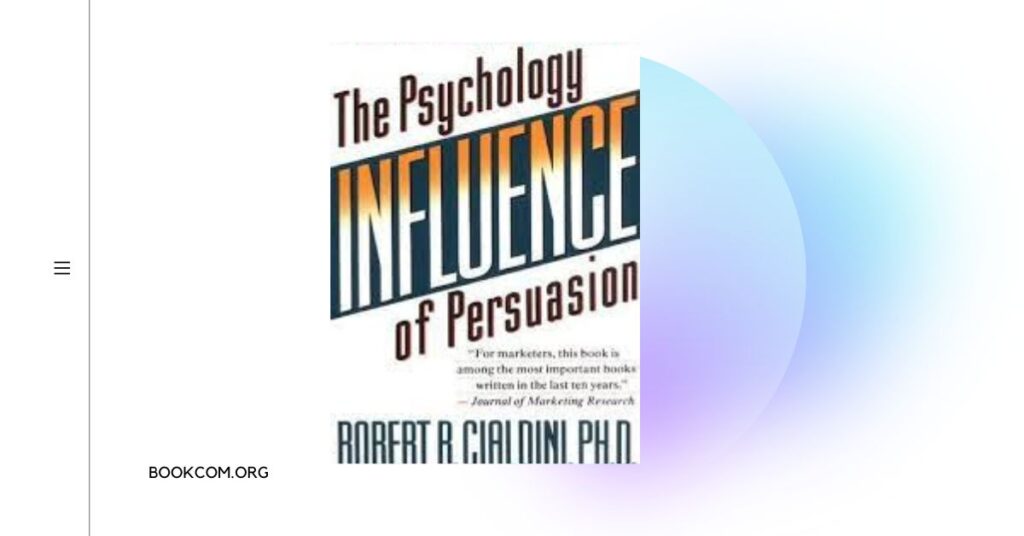Overview:
“The Tipping Point” by Malcolm Gladwell is a captivating exploration of how ideas, trends, and behaviors reach a critical point and spread rapidly, leading to significant societal changes. Gladwell delves into the factors that contribute to this tipping point phenomenon and offers insights into how individuals and organizations can leverage it to create meaningful impact and initiate social change.
Book Details:
Title: The Tipping Point: How Little Things Can Make a Big Difference
Author: Malcolm Gladwell
Publication Date: January 2000
Genre: Sociology, Psychology
Publisher: Little, Brown, and Company
Summary:
“The Tipping Point” introduces the concept of the tipping point, which refers to the moment when an idea, trend, or behavior reaches a critical mass and spreads rapidly, leading to widespread adoption and cultural shifts. Gladwell explores three key elements that contribute to the tipping point: the law of the few, the stickiness factor, and the power of context.
- The Law of the Few: Gladwell argues that certain types of individuals, whom he refers to as connectors, mavens, and salespeople, play a significant role in disseminating ideas and influencing others. These individuals possess unique qualities and social networks that enable them to connect people, share knowledge, and persuade others to adopt new behaviors or beliefs.
- The Stickiness Factor: Gladwell explores the concept of the stickiness factor, which refers to the characteristics that make an idea or message memorable and impactful. He discusses the importance of crafting messages and products that resonate with the target audience and leave a lasting impression, thereby increasing the likelihood of their adoption and spread.
- The Power of Context: Gladwell examines how the environment and social context can shape individual behavior and contribute to the tipping point. He highlights the role of specific circumstances, norms, and group dynamics in influencing individuals to adopt certain behaviors or embrace new ideas.
Through numerous case studies and real-life examples, Gladwell illustrates how these three elements work together to create tipping points in various contexts, such as the spread of viral marketing campaigns, the decrease in crime rates in cities, and the popularity of certain products or cultural phenomena.
Key Learnings:
- Influential Individuals: The book emphasizes the importance of connectors, mavens, and salespeople in spreading ideas and driving social change. Recognizing and leveraging the power of influential individuals can accelerate the tipping point process.
- Crafting Memorable Messages: The stickiness factor plays a crucial role in the adoption and spread of ideas. Creating messages, products, or experiences that are memorable, relatable, and resonate with the target audience can significantly increase their impact and likelihood of adoption.
- Environmental Influence: The power of context and the social environment should not be underestimated. The book highlights how factors such as social norms, group dynamics, and specific circumstances can shape individual behavior and contribute to the tipping point.
- Small Changes, Big Impact: Gladwell emphasizes that small, targeted efforts can have a disproportionately large impact on driving social change. Identifying the right leverage points and focusing on specific influential individuals or contexts can lead to significant shifts in behavior and adoption.
- The Importance of Timing: Timing plays a crucial role in the tipping point phenomenon. Recognizing when an idea, trend, or behavior is approaching the tipping point and capitalizing on that momentum can lead to greater success in driving change and achieving desired outcomes.
“The Tipping Point” offers fascinating insights into the dynamics of social epidemics and the factors that contribute to their rapid spread. Malcolm Gladwell’s exploration of the tipping point phenomenon, along with the key elements of the law of the few, the stickiness factor, and the power of context, provides valuable knowledge for individuals and organizations seeking to create meaningful impact and drive social change.
Also read:
Tipping the Scales: Unleashing the Power of Influence and Context
For More Information about the book, you can visit:
To get your copy of “”The Tipping Point” by Malcolm Gladwell, you can find it on popular online platforms like Amazon or Flipkart.



